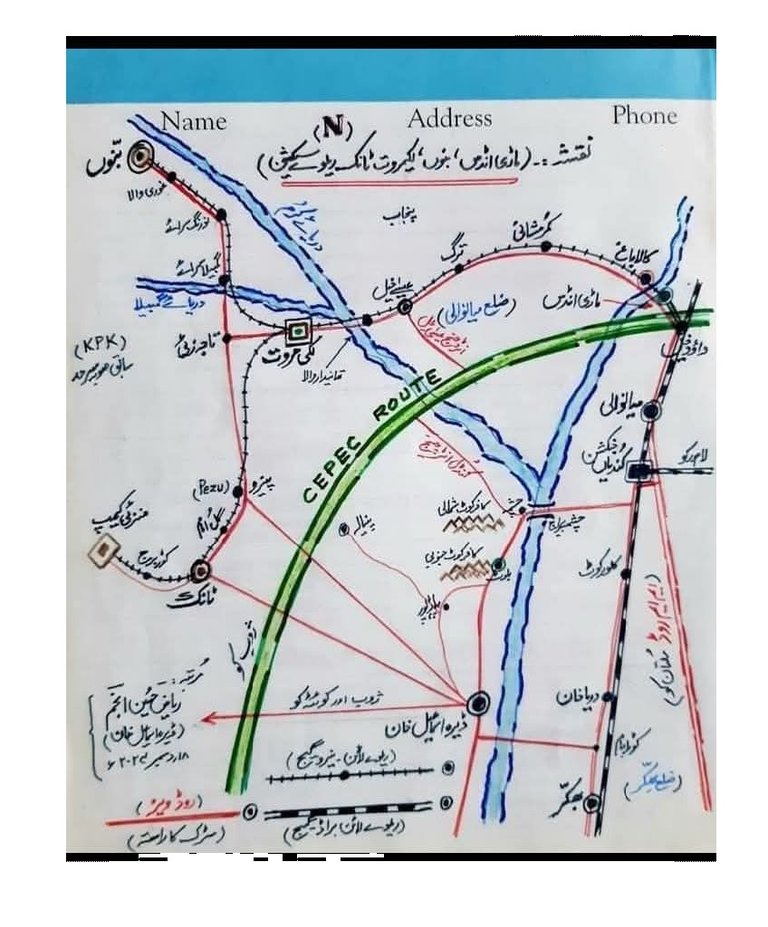
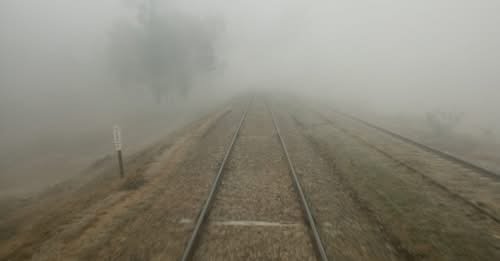
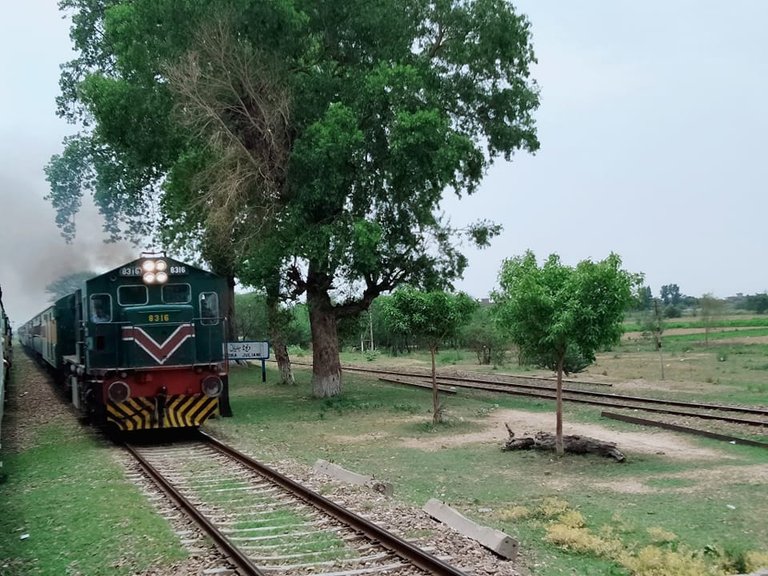
The railway system in the Indian sub-continent (United India) was established (during the British rule) in 1855, which started from Calcutta, Lucknow and Delhi and eventually spread to the whole of India, but in this part of the Indian mainland. What is now included in Pakistan was founded in 1880 which continued till 1895 and thereafter. The entire system consisted of large gauge railway lines.
Which is known as main line in common language and "broad gauge" in English.
Short-tracking of the Mari Indus to Bannu section was planned because the subsidiary lines were relatively short-tracked for the operation of trains with small steam engines, known colloquially as "branch lines" and in English.
Named "Nero Gauge".
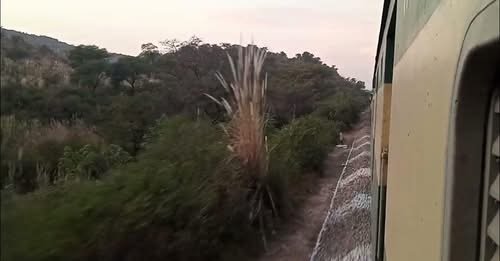
A section of the same Nero gauge track was called Mari Indus, Bannu Section and Lakki Marwat Tank Manzai Section. The main reason for laying the railway line on this sub-section was the military necessity of the British government. It was during the time when India was under the Ferangi rule that the British were facing some revolts in the tribal areas along the western border of India.
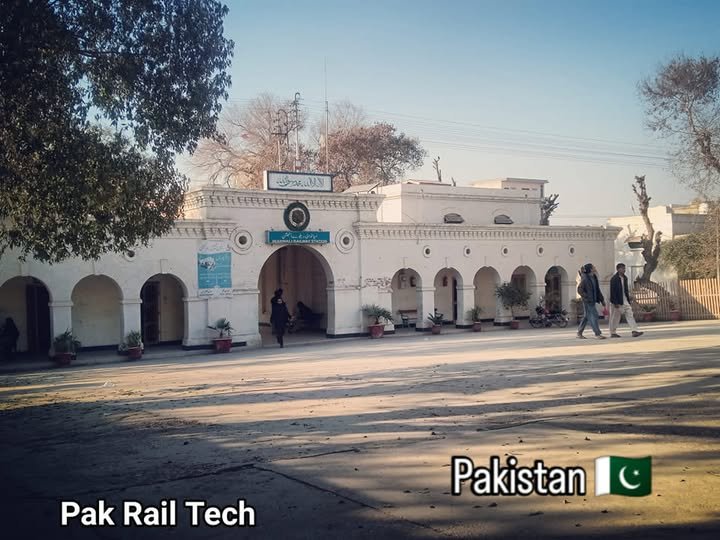
Therefore, they needed a railway track to transport their troops and their equipment to North Waziristan and South Waziristan. In the year 1913, the work of laying the railway track was started, which was completed in 1916 (a period of 3 years).
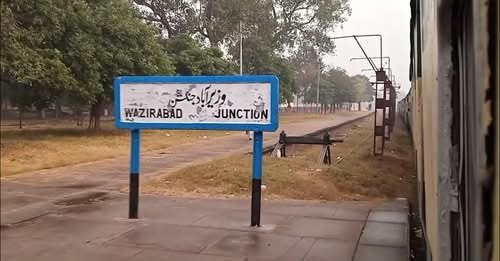
This railway line reached the town of "Lucky Marwat" on the side of Dera Bannu Road and then went along the Bannu Road to Bannu City serving the military mission of North Waziristan - headquartered at Miran Shah while the same section Another track was added later on and this "Link Section" ran from Lucky Marwat Junction to Tank Shahr and further to "Manzai Army Camp" serving the military mission of South Waziristan - the headquarters of which " Was "Waana".The track laying work on this link section started in 1920 and was completed in 1927 (within a period of 7 years). The names of the railway stations located on these two railway tracks were (respectively).
☆ Mari Indus Bannu Section :--☆ Mari Indus Bannu Section :--
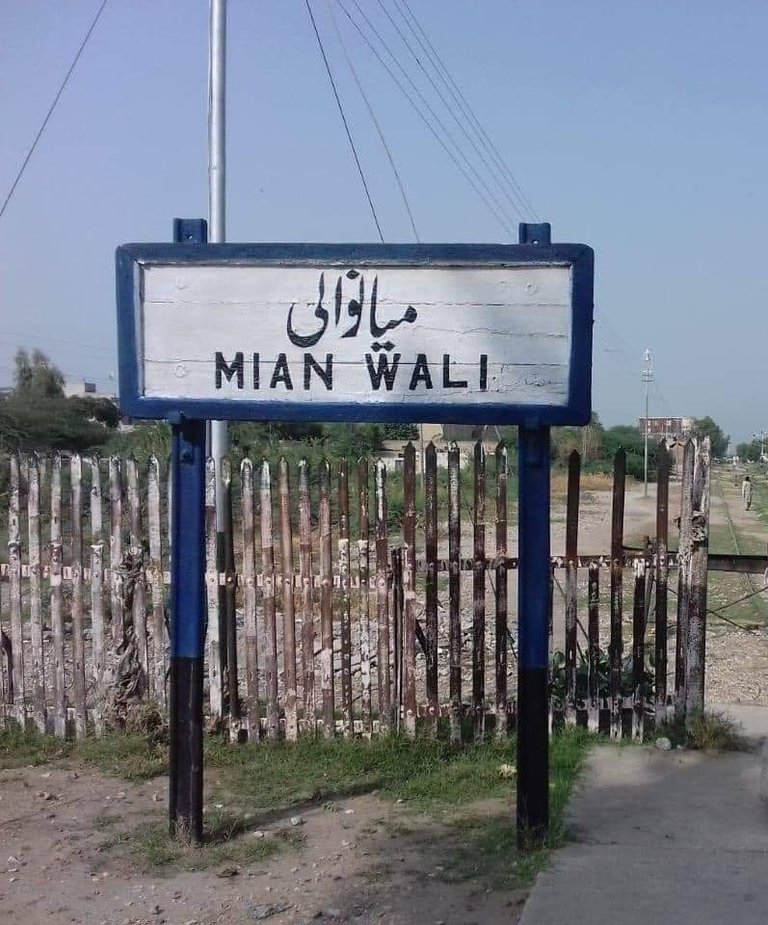
Mari Indus, Kalabagh, Kamar Mishani, Tarag, Isa Khel Thanidarwala, Lucky Marwat, Gambela Sarai, Norang Sarai, Ghori Wala and Bannu Shahr. While the following stations were located on the track leading to "Lucky Marwat Tank Manzai Railway Section". Most of the abandoned and dilapidated buildings of the stations can be seen even today.
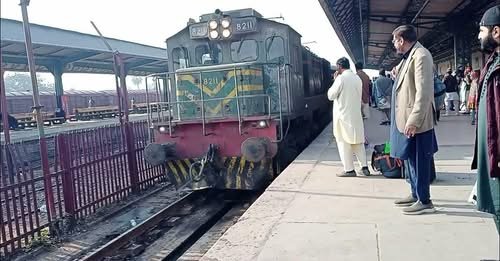
Lucky Marwat Junction, Pezu, Gul Imam,Tank Shahr, Koor Bridge and last station Manzai Camp.Passenger vehicles were plying from Lakki Marwat to Tank City, while beyond Tank Railway Station to "Manzai Cantonment Camp" only soldiers and their equipment could go. Passengers could not go.
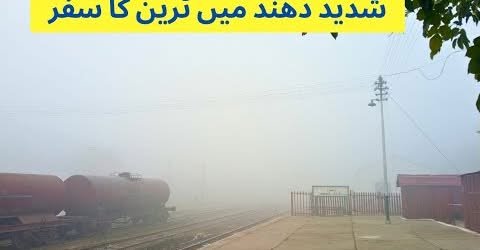
This short-track Mari Indus Bannu and Lakki Marwat Tank railway track operated with great success for about 50 years, but later the overload of road transport services and the neglect of the Government of Pakistan reduced its importance and the railways in India were magnificent. Contrary to development, our government, while vowing to do nothing in its development, played its full role in its declineSo, in 1995, not only railway vehicles stopped running on this narrow gauge railway track, but by 2000, the railway tracks were also removed.
I had the opportunity to travel on these routes for 10 years from 1980 to 1990 - then the railway fares were very low and it was like a savings trip for the poor. 40 years ago (1980 to 1985), the railway fare of a passenger from Mari Indus to Bannu used to be -/12 rupees.
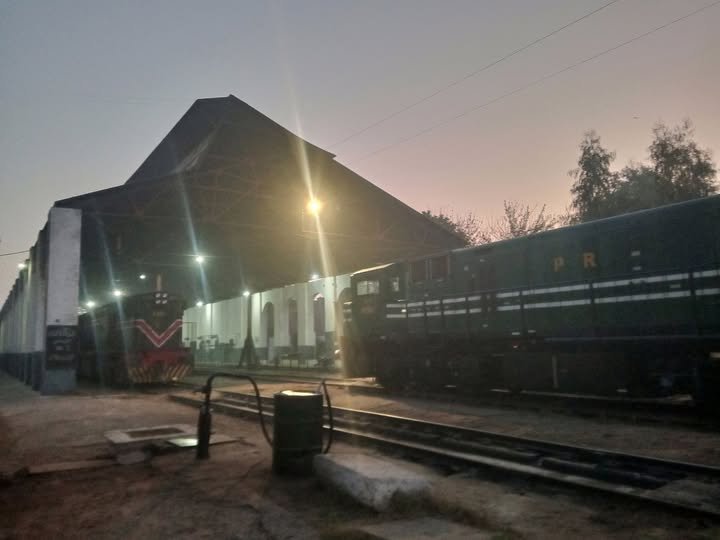
This distance is 142 km and the distance and fares can be estimated based on this calculation.










Thank you for posting in the Ecency community
Sending you Ecency points ♥️